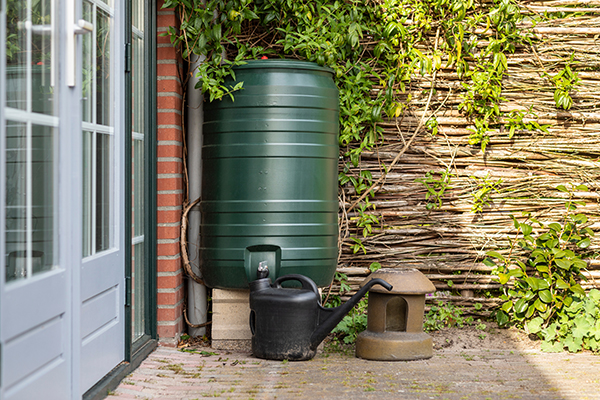
When bugging out or living off the grid, you will need a convenient way to cook food. There are many portable stoves that allow you to do just that, but one of the best ones for bugging out or off-grid living is a rocket stove.
Read on to learn more about rocket stoves and how they work, as well as how to build one.
How it works
A rocket stove is a woodstove named for the roaring noise it makes as fuel, such as leaves and twigs, is burned. Heat rises up from the fuel intake and out the stove's chimney, but little to no smoke is generated.
A commercially manufactured rocket stove usually looks like a three-dimensional letter "J." The top of the "J" is where the fire goes out. That is also where you put your grill grate, pot or frying pan. On the other hand, the bottom end of the "J" is the feed tube. It is where you put your fuel to feed the fire.
Fire likes oxygen and is always drawing oxygen toward itself. The more oxygen it gets, the hotter fire becomes. In a rocket stove, the fire burns sideways. Because of the slender design of the stove, the hot air from the fire will inevitably hit the back of the stove, creating turbulence that throws the air back into the fire, feeding it again and making it burn even hotter. The result is a very clean and efficient fire with little to no smoke.
Aside from its distinct "J" shape, another key element of a rocket stove is the thick layer of insulation that surrounds the entirety of the feed tube, combustion chamber and chimney.
That insulation layer allows for very little heat loss so that you do not need to keep feeding the fire inside your stove. This is how a rocket stove is able to generate heat efficiently with just bits of small tinder.
Larry Winiarski, the man credited for inventing the rocket stove, started developing the stove in 1980. He had initially developed the rocket stove for developing countries where finances are tight and fuel is scarce. As such, you only really need to use dry leaves and other kinds of small tinder to fire up a rocket stove.
Because this stove does not need a lot of fuel, it is ideal for camping, homesteading and survival scenarios. (Related: The 5 types of stoves you need to know how to use for cooking preparedness.)
How to build a rocket stove using cement blocks
Here's an easy guide to making your own rocket stove using cement blocks.
Materials:
- 3 cement blocks
- 2 patio pavers
- 1 brick
Directions:
- Clear an area where it is safe to burn.
- Lay one cement block in the center of the cleared area with one flat side down and the other facing up.
- Stand the brick on its end on the center support of the cement block on the ground.
- Set the patio pavers on both sides of the brick so that their edges are even with the front of the cement block below. This creates the combustion chamber of the rocket stove.
- Stand another cement block on its end in front of this combustion chamber. This creates the feed tube.
- Set the third cement block on top of the stack with the holes facing up. This will be the chimney.
- Place dry sticks and leaves in the combustion chamber. Light them through the feed tube "door."
- Once that tinder burns down, add more fuel through the feed tube as needed.
- Place your skillet or kettle over the chimney. Do not cover the opening completely or you might smother the fire.
- Regulate the amount of air the fire gets by partially blocking the feed tube door with more bricks.
Learn more about portable stoves and cooking preparedness at Gear.news.
Sources include:
Please contact us for more information.





















